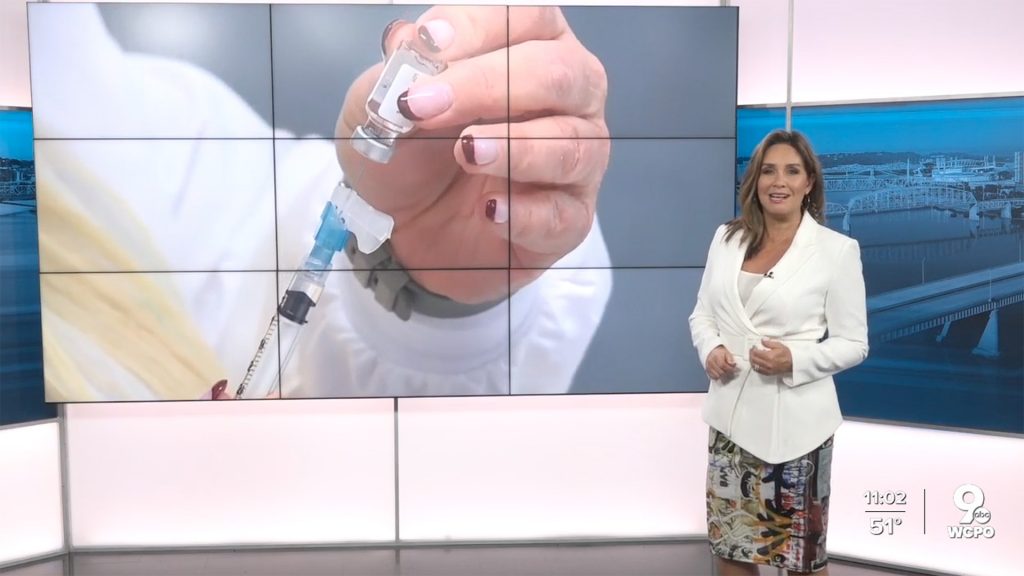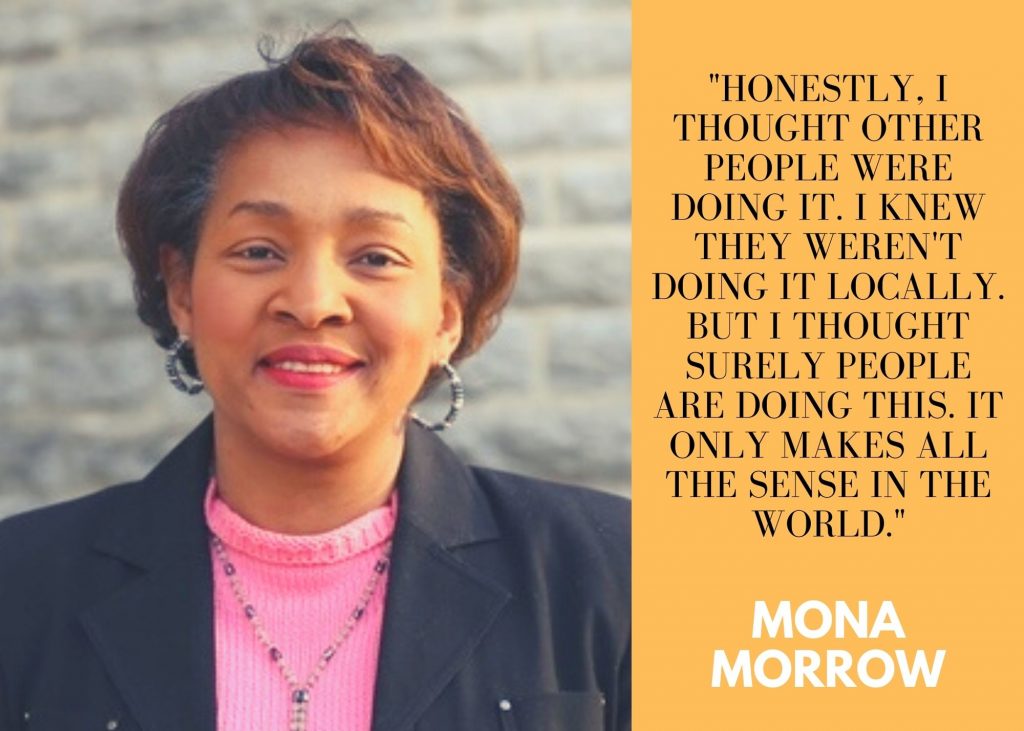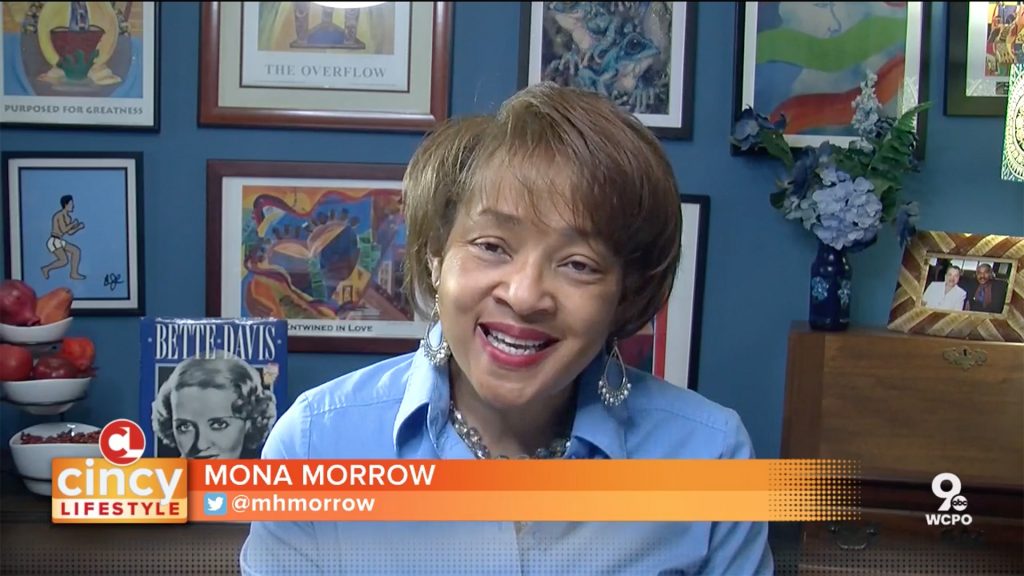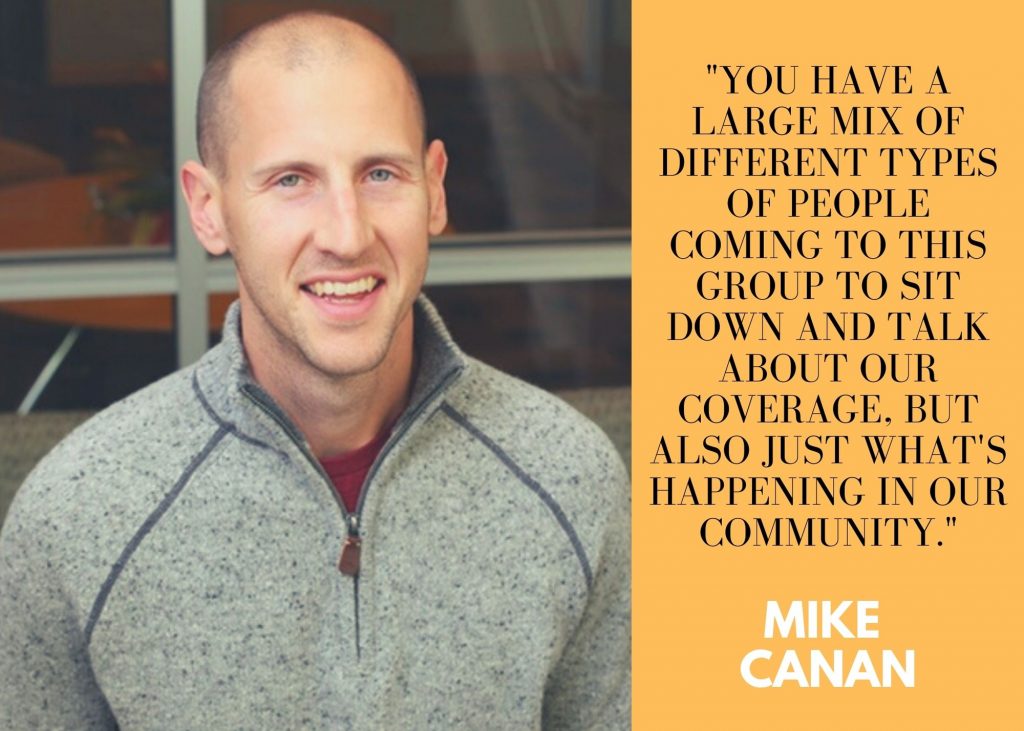
When Mona Morrow joined the Scripps Cincinnati flagship WCPO in 2000 to run community affairs, she brought a simple idea with her — an idea that was way ahead of its time but two decades later is finally gaining widespread support as an important tool for local newsrooms.
Morrow’s successful pitch to her new general manager: Establish a community advisory board, made up of a mix of local citizens who would provide feedback and ideas to the station. “Honestly, I thought other people were doing it,” Morrow says. “I knew they weren’t doing it locally. But I thought surely people are doing this. It only makes all the sense in the world. And then I realized that really they don’t.”

Morrow’s idea had some basis in local TV news history. Some readers may recall that years ago, news directors were required as part of the station’s license agreements to do regular “ascertainments” — visits with community leaders. “Remember those? They were a pain in the butt. I was always a procrastinator,” admits Scripps VP of News Sean McLaughlin. I do remember those, and he’s right: Most executives considered the meetings a chore rather than an opportunity.
What a difference today makes. Most Scripps stations now have community advisory boards, and the company’s more recent acquisitions will soon — at McLaughlin’s urging. “It’s a powerful tool,” he says. “At the end of the day, it’s about listening to our consumers and being more engaged and in touch with our communities. How do you go wrong with that? It’s part of transforming ourselves into a two-way communication, versus the old way of ‘We tell you what the news is.’”

For nearly five years, McLaughlin and his team have been doing research that includes interviews in viewers’ homes to study their needs in depth. “And I say frequently that I never want to get as out of touch again as we were when we went into those homes in 2016 and started discovering that news consumers were telling us they wanted one thing, and our whole industry was delivering something else,” he says.
One result: a content strategy that since 2018 has required every Scripps station to commit to sustained coverage of a “signature issue” of vital importance to its market. (We wrote about Scripps’s The Rebound project last spring.) In the same spirit, in McLaughlin’s words, it’s “pretty well expected” (no translation needed) that his stations will establish advisory boards. “I think our news directors need to become more community-facing people, the way the editor of the paper used to be a major person in the local community. Generally speaking, TV news directors have never really held that kind of stature or that kind of visibility,” McLaughlin says. “And I do think they need to be face to face with the community, with a much higher degree of frequency than certainly I was when I was a news director.”
Of course, thanks to Mona Morrow, WCPO was ahead of the curve. The station’s advisory board numbers around 20 people, from civic leaders to ordinary citizens, selected to ensure a range of viewpoints across gender, age and ethnicity. “We set an agenda, but we also want it to be very loose and friendly and a safe space for them to say whatever they want to say,” she says. “We want to hear it if we got it wrong. We don’t need ‘yes people’ on this board. That doesn’t do us any good.”

“You have a large mix of different types of people coming to this group to sit down and talk about our coverage, but also just what’s happening in our community,” says WCPO news director Mike Canan. “And I think as a news leader, you’d be a fool not to take advantage of that access. For years, TV stations have spent thousands and thousands and thousands of dollars on research, to try to find out what their audience wants and thinks. This is an extremely low-cost way to regularly touch your audience and figure out what your audience thinks of your coverage, to get story ideas to improve your journalism.”
Canan became a believer when he was running the digital news operation for the station; he even formed a second advisory board for two years starting in 2015 to help with coverage of the opioid crisis. “We would have these monthly meetings, and it would be people from all walks of life that were affected by the opioid epidemic: everything from law enforcement, to the medical community, to recovering addicts, to family members of people who died of overdoses. And I’d come out of the meeting, and I would meet with one of my managers and I’d be like, ‘Okay, so I have 15 story ideas. How about you?’”

Both Canan and McLaughlin say the boards really showed their value as COVID-19 put an end to business as usual a year ago. Typically, the boards meet monthly or quarterly, but Canan asked Morrow to gather their group for virtual consultations every other week as the pandemic isolated people, including most journalists, at home. “I know I personally felt cut off from our audience in a way that I didn’t feel was healthy for our coverage,” he says. “And all that while, there’s this enormous weight of trying to understand something that no living person in our market has gone through.” Sean McLaughlin agrees: “I remember telling news directors this when I proposed using [the advisory boards] during early COVID: ‘I have no idea how you could run a major newsroom without having some sort of system like this in place right now, where you’re getting regular community feedback as to what’s important.’”
The community board members aren’t compensated for their time. “They like being heard. They like giving feedback,” McLaughlin says. And he stresses that the news director is still in charge. “They make recommendations, they help us keep in touch. But we can’t run newsrooms by community committees. That would never work.”
“I don’t think the board members feel like they suddenly are running the TV station,” Canan says. “I think they have a good understanding that they’re there as a resource and as advisors. That doesn’t mean we take action on every single thing that the advisory board says, but there’s never been a moment where I felt like we were at odds or it was argumentative or combative in any way. I’ve always found it to be helpful, even if the suggestion that people are giving isn’t realistic or feasible or something that we want to take action on.”

McLaughlin expects advisory boards to become even more important to stations, especially as a means of reaching out to underserved members of their communities. “I can tell you from doing it for 17 years, being a news director is a really lonely job sometimes. And you go out there every day, hoping you got it right. And you’ll have a group of people you can check in with once in a while, and say, ‘Hey, let me run this by you, here’s what I’m thinking, what are your thoughts?’ And they kind of poke and prod at you a little bit, make you look at it a little bit differently. I think that provides a lot of comfort. I think news directors will continue to find new ways to see value in that.”
With community connection and inclusion a growing priority for newsrooms and a key element in attracting a new generation of viewers and users, it’s no surprise that advisory boards have come into their own. “A lot of newsrooms may not be as diverse as they can be or should be,” Mona Morrow says. “But I’m telling you, you can get that diverse thought by putting together a community advisory board.”
That said, Canan and Morrow have advice for any station considering one: You have to be willing to do the work. “It takes time to put together, and Mona can attest to that,” Canan says. “But the value you get out of it is worth the time and energy. And like anything else in this world, you’re going to get out of it what you put into it. You show up to the meetings, and you pay close attention, and you build relationships, and you truly listen to what people say, and then you’re going to get a lot of value out of it. Hearing things first hand, from real human beings who live in your market, is invaluable.”
Get the Lab Report: The most important stories delivered to your inbox